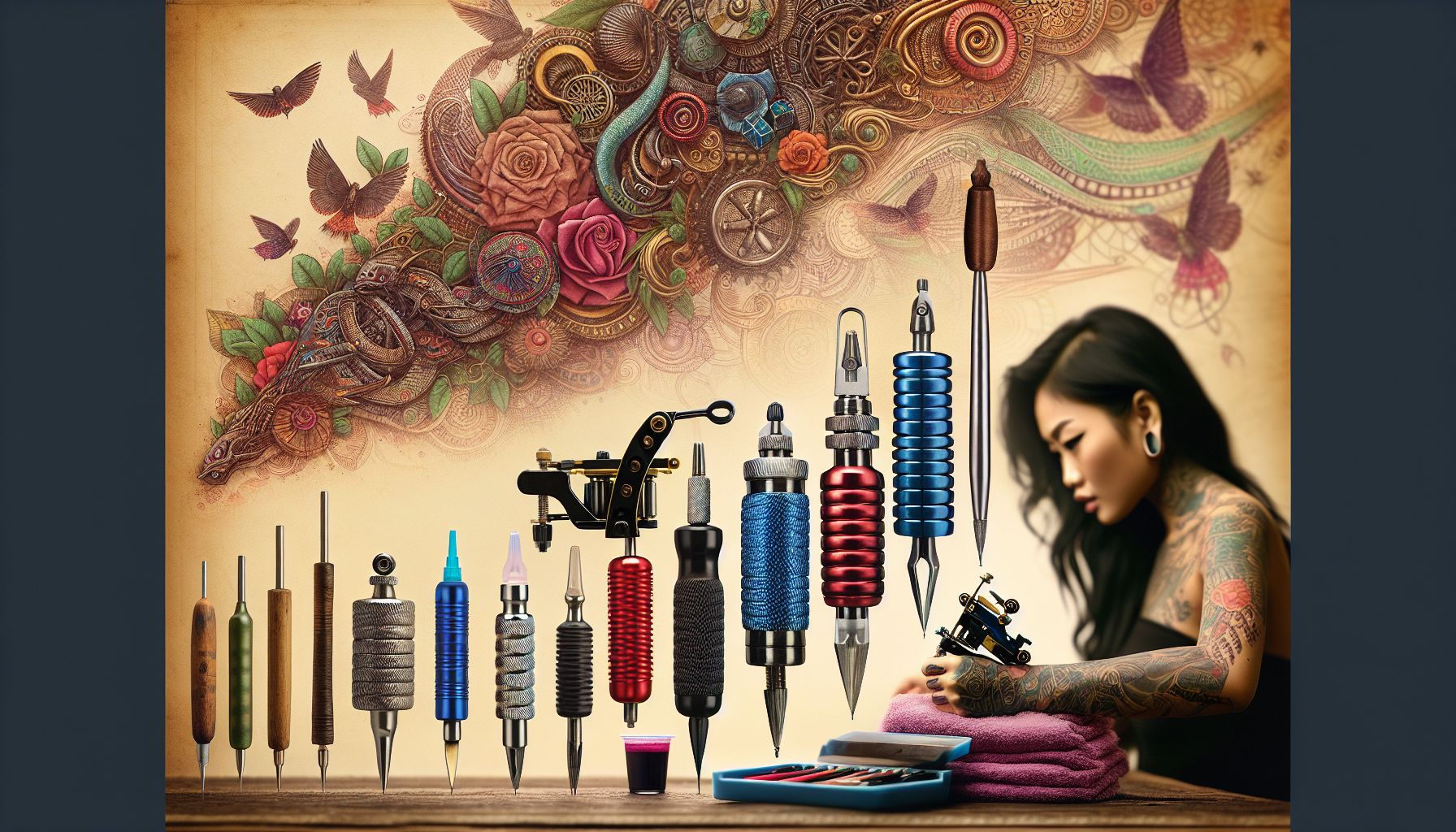From the humble beginnings of tribal markings to the modern-day intricate body art forms, tattooing has evolved through several transformations, each reflecting the changing times and societal norms. Key to these changes have been advancements in technology and improvements in tattoo supplies. A particularly significant development has been within the realm of tattoo inks.
As a reputable online supplier of tattoo supplies and a seasoned tattoo artist, I’ve witnessed the evolution of tattoo inks up close. I have seen the shift from traditional pigments to cutting-edge options, like UV inks. The journey of tattoo inks has not only influenced the artistic possibilities but also impacted the safety and durability of tattoos. As we delve deeper into the world of tattoo inks, I hope this rich trove of knowledge will assist you in making informed decisions for your tattoo studio.
Traditional tattoo inks comprised of carbon-based pigments, popularly charcoal or soot. Although this allowed for a good depth and intensity of black, the palette was notably limited. The inks, while very robust, entailed significant health risks due to non-standardization of ink quality and the possible inclusion of toxic elements. This inefficacy ignited the need for change, giving birth to the vibrant world of modern tattoo inks.
Inks have now advanced to a smorgasbord of options, encompassing every color spectrum and providing tattoo artists with never-before-seen flexibility in bringing their designs to life. However, this expanded choice doesn’t come without its complexities.
Modern tattoo inks consist of two components: the pigment that gives the color and the carrier that ensures the even distribution of pigment. Pigments are derived from mineral or plastic-based products, and the carrier is often a mix of water, glycerin, and alcohol. The quality, composition, and behavior of these components vary from manufacturer to manufacturer, some prioritizing longevity whereas others focus on brightness.
To offer a more personal perspective, back in my tattooing days, I developed a fondness for a certain brand’s black ink. It held an impressive degree of darkness and seemed less inclined to fade compared than others. But what made it stand out was its smoother flow, making the process easier for both the artist and the client. That said, I knew fellow artists who would swear by their preferred brands.
Navigating the ink market, it’s vital to consider factors like the pigment’s vibrancy, the ink’s flow, potential skin irritations, and client preferences. It’s a delicate balance that often takes trial and error even for the most seasoned artist.
Let’s not forget to mention the emergence of specialty inks, with UV or glow-in-the-dark inks currently leading the pack. UV inks aren’t visible under normal light but fluorescent under UV light. A tattoo artist can work wonders with these, but as they are relatively new, concerns about safety and long-term effects are natural.
As technology advances, we can anticipate further evolution in the field of tattoo inks. Safety protocols and ethical considerations, particularly concerning vegan-friendly and animal cruelty-free options, are increasingly shaping the industry. At the end of the day, an artist’s choice of ink must align with their artistry, ethics, and the customer’s preferences.
In conclusion, tattoo inks have come a long way from their humble beginnings. Yet, as tantalizingly complex as the current offerings may be, the choice of ink significantly impacts the end-result of a tattooing session. So taking the time to research, understand, and select the best ink from a reputable supplier of tattoo supplies is absolutely worth it.
To every artist reading this, appreciate the golden era of tattoo inks we live in, experiment judiciously with your palette, and always put your clients’ safety and satisfaction first. After all, the right ink ensures that your strokes are lasting impressions, going beyond skin-deep to etch memories.



